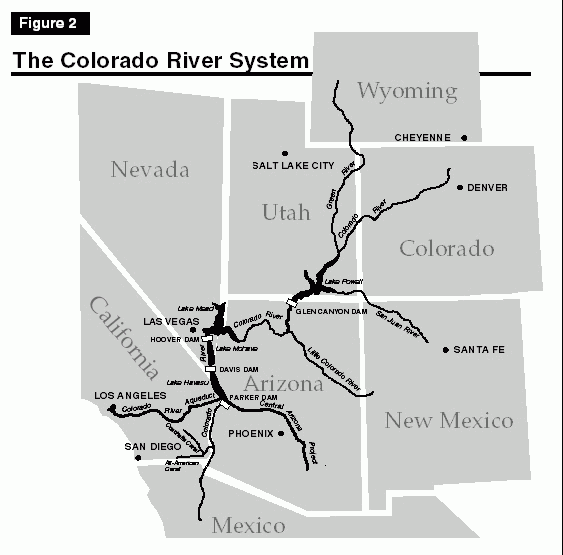Human population growth is one of the biggest concerns for all environmental issues. In fact, we will devote A LOT of time to it in the Biosphere Unit. It is important, however, to take a look at how increased populations around the world impacts water supplies. Most MEDCs have achieved somewhat stable populations, while LEDCs, which are typically in more arid (dry) areas, are experiencing huge population growth. The reasons for this will be discussed later, but have massive population growth in areas with already limited water presents challenges for the people living there. Read about the challenges of water supply with an increasing population in this article from Population Action International. Again, pay attention to details and take notes to truly understand this issue and the cases where water shortage is worst due to population increase.
While LEDCs have a harder time currently dealing with the consequences of rapid population growth, large cities around the world in MEDCs are dealing with poor previous planning that is causing drought. One case in point is Los Angeles and much of Southern California. While the area of the country is one of the most beautiful in the world, there is not much in terms of fresh water availability. In fact, the city of Los Angeles diverts the Colorado river for their supply of fresh water. Because planners in the 1920s didn't account for changes in weather, LA is very often stricken by drought, and parts of the Colorado River have even dried up. It has led California to become very restrictive in its water use. Here you can see the Colorado River system. The aqueduct leading to LA is man-made, and the major contributor to loss of parts of the river's flow.

No comments:
Post a Comment